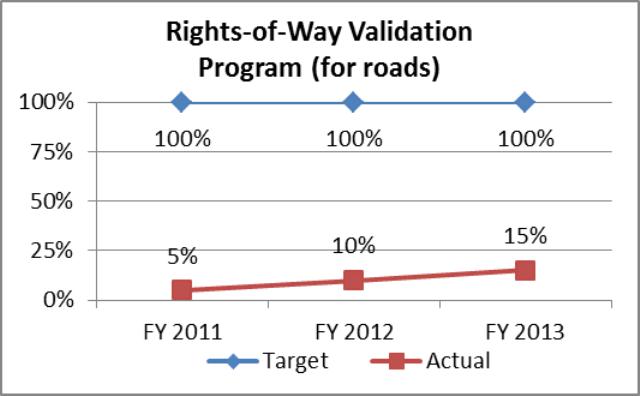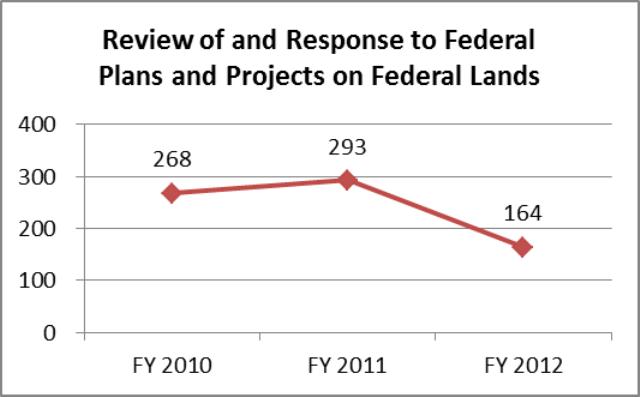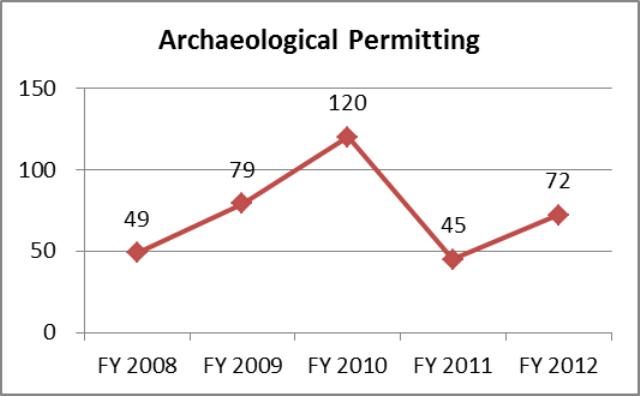Compendium of Budget Information for the 2013 General Session
| Natural Resources, Agriculture, & Environmental Quality Appropriations Subcommittee | ||||||||||||||||||||||||||||||||||||||||||||||||||||||||||||||||||||||||||||||||||||||||||||||||||||||||||||||||||||||||||||||||||||||||||||||||||||||||||||||||||||||||
| <-Previous Page | Subcommittee Table of Contents | Next Page-> | ||||||||||||||||||||||||||||||||||||||||||||||||||||||||||||||||||||||||||||||||||||||||||||||||||||||||||||||||||||||||||||||||||||||||||||||||||||||||||||||||||||||||
Function Utah Code Section 63J-4-601 created the Public Lands Policy Coordination Office (PLPCO) in 2005. The office also assumed administration and funding for the Public Roads (RS2477) program. PLPCO objectives and initiatives include: RS2477
Federal Land Management and Decision Making
H.B. 148, Transfer of Public Lands Act and Related Study, 2012 General Session
Archaeological Assistance and Permitting
The Constitutional Defense Council (CDC) is charged with providing advice and recommendations concerning the development of public lands policies to PLPCO, the Deputy Chief of Staff, and the Governor. Statutory Authority UCA Title 63J-4-601: provides for the creation of the Public Lands Policy Coordination Office. Performance Rights-of-Way (for roads) Validation Program -- Litigation: By the end of FY 2012 litigation was initiated in 22 counties on over 13,400 rights-of-way. In FY 2013, work immediately began to cull out roads that did not meet the requisite evidentiary standards. The total number of roads currently in litigation is approximately 12,000. As litigation is a fluid process, PLPCO estimates that litigating these roads to a final resolution will take roughly 20 years. Accordingly, PLPCO aims to get 5% closer to a resolution of this matter each year. PLPCO is currently focused on resolving the dispute in court, but the evidence collected will support a resolution should the project be redirected towards a congressional or administrative solution.  Rights-of-Way (for roads) Validation Program -- Litigation -- Depositions: Witnesses with knowledge of specific rights-of-way must be interviewed, prepped, and deposed in order to acquire evidence to support an administrative, congressional, or judicial validation of rights-of-way granted under federal law (R.S. 2477). Each right-of-way in litigation will have a minimum of two witnesses that must be deposed. Each deposition is conducted on the record with the presence of the attorneys for both the plaintiffs (state and individual county) and the defendant (Department of Interior). Each deposition can take anywhere from a few hours to several weeks, depending largely upon the health of the deponent and the number of roads the deponent knows. The information obtained in depositions is necessary to successfully validate rights-of-way in federal court. As the demands of litigation change, this goal will also change. Work on the overall "roads project" has been ongoing for many years. Complaints were filed in FY 2012, and have been amended in FY 2013. Because the complaints were not filed until this past year, depositions were not necessary/possible until this year. Accordingly, there are no historical numbers for comparison.
Rights-of-Way (for roads) Validation Program -- Litigation -- Video/GPS Roads: Evidence must be gathered in order to support the validation of rights-of-way granted under federal law (R.S. 2477), whether validation occurs through an administrative, congressional, or judicial process. Most of the roughly 12,000 roads included in the litigation have been subjected to GPS (global positioning system) over the past years. Funds were recently appropriated to acquire a 360° video camera that simultaneously captures GPS coordinates to produce higher quality evidence to assist in orienting witnesses and the court. The target is dependent on available staff time and the weather (roads cannot be driven and video cannot be taken when there is snow or excess water on the ground).
Review of and Response to Federal Plans and Projects on Federal Lands: The state has an interest in participating in the creation and review of the plans for resource utilization by federal land management agencies such as the Bureau of Land Management, Forest Service, and National Park Service. The state also has an interest in assisting with the environmental and economic review of projects proposed for federal lands in Utah. Each year, hundreds of projects are proposed, and federal land planning is continuous. PLPCO coordinates the review of these projects and plans by state agencies in order to ensure that the state speaks with one voice. This measure does not have specific targets each fiscal year. PLPCO responds to all inquiries.  Archaeological Permitting: PLPCO is authorized to grant permits for qualified archaeologists to operate on state lands, and to grant a permit for excavation of lands for archaeological purposes. Permits are both principal investigator permits and data recovery permits. This measure shows the number of requests for permits that have been resolved in a timely manner (30 days by statute). This measure does not have specific targets each fiscal year. PLPCO has consistently responded to all requests for permits within 30 days.  Funding Detail UCA Title 63C-4-103 allows the Legislature to appropriate monies from the Constitutional Defense Restricted Account to the Office and to the Council. The Constitutional Defense Restricted Account, which is the main funding source for the Public Lands Office, receives 7.5% of all revenue to the Land Exchange Distribution Account created in UCA Title 53C-3-203, with a $5 million cap on the account. Table 1: Operating and Capital Budget Including Expendable Funds and Accounts
| ||||||||||||||||||||||||||||||||||||||||||||||||||||||||||||||||||||||||||||||||||||||||||||||||||||||||||||||||||||||||||||||||||||||||||||||||||||||||||||||||||||||||
| <-Previous Page | Next Page-> |
COBI contains unaudited data as presented to the Legislature by state agencies at the time of publication. For audited financial data see the State of Utah's Comprehensive Annual Financial Reports.